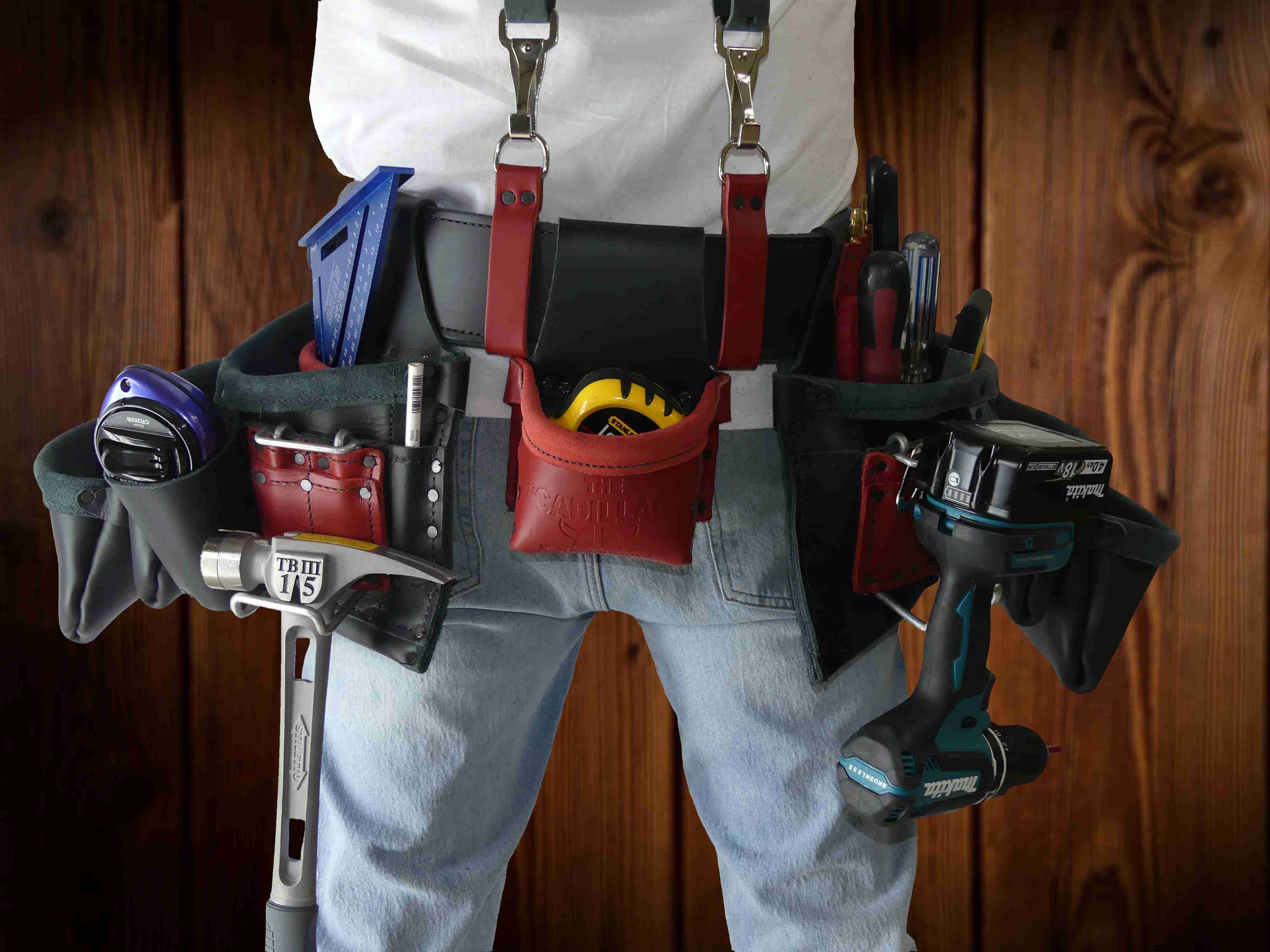

Articles
How Are You Supposed To Wear A Tool Belt
Modified: May 6, 2024
Discover the best way to wear a tool belt with our helpful articles. Learn tips and tricks for maximizing efficiency and comfort on the job site.
(Many of the links in this article redirect to a specific reviewed product. Your purchase of these products through affiliate links helps to generate commission for Storables.com, at no extra cost. Learn more)
Introduction
When it comes to efficiently completing your DIY projects or professional handyman work, having easy access to your tools is essential. One of the most convenient ways to keep your tools within reach is by wearing a tool belt. But do you know how to properly wear a tool belt? If you’ve ever struggled with finding the right fit or organizing your tools in a tool belt, this article is for you.
In this article, we’ll explore the purpose of a tool belt, the importance of selecting the right one, and the proper way to wear and adjust it for maximum comfort and efficiency. So, whether you’re a beginner or a seasoned pro, let’s dive in and discover how you’re supposed to wear a tool belt.
Key Takeaways:
- Properly wearing a tool belt not only enhances productivity and safety but also promotes comfort and reduces muscle strain by distributing the weight of tools across the hips and back.
- Selecting the right tool belt, adjusting it for optimal comfort, and organizing tools within it can significantly impact efficiency, accessibility, and overall work experience.
Understanding the Purpose of a Tool Belt
A tool belt is more than just a fashion accessory for handy individuals. It serves a critical purpose in providing easy access to tools while working on a project. A tool belt allows you to have your essential tools, such as hammers, screwdrivers, tape measures, and pliers, within arm’s reach. It eliminates the need to constantly search for tools in a toolbox or make multiple trips to retrieve them.
Not only does a tool belt enhance productivity, but it also promotes safety. Instead of leaving tools scattered around the job site, a properly worn tool belt keeps them secured and reduces the risk of accidents caused by tripping or falling objects.
Furthermore, a tool belt helps to distribute the weight of the tools across your hips and back, minimizing strain on your muscles and providing long-lasting comfort. This is especially important for professionals who spend extended periods working with tools.
By understanding the purpose of a tool belt, you can fully utilize its functionality and reap the benefits of convenience, safety, and comfort.
Selecting the Right Tool Belt
Now that you understand the importance of a tool belt, let’s talk about selecting the right one for your needs. With a wide range of options available in the market, it’s essential to choose a tool belt that suits your specific requirements.
Here are some factors to consider when selecting a tool belt:
- Material: Tool belts are commonly made from leather, nylon, or canvas. Leather belts are known for their durability and classic look, while nylon and canvas belts are lighter and easier to clean.
- Size and Fit: It’s crucial to choose a tool belt that fits comfortably around your waist. Look for adjustable belts that can accommodate different waist sizes.
- Number of Pockets: Consider the number and size of pockets you need based on the types and quantity of tools you usually work with. Some tool belts come with specialized pockets for specific tools like screwdrivers or hammers.
- Fastening Mechanism: Tool belts typically feature buckle, Velcro, or snap closures. Choose one that is secure and easy to fasten and unfasten.
- Additional Features: Some tool belts have built-in suspenders or shoulder straps to provide extra support and relieve weight from your waist. Others may have loops or holders for additional tools or accessories.
Take the time to try on different tool belts, adjust the fit, and consider your specific needs. Remember, comfort and functionality should be your top priorities when selecting a tool belt.
Properly Adjusting the Tool Belt
Once you’ve chosen the right tool belt, the next step is to properly adjust it for optimal comfort and functionality. A well-adjusted tool belt ensures that your tools are securely held in place and that the weight is evenly distributed across your body.
Here are some steps to follow for properly adjusting your tool belt:
- Position the Belt: Start by positioning the tool belt around your natural waistline, making sure it sits snugly but not too tight. Avoid wearing the belt too low or too high, as this can affect your range of movement and comfort.
- Secure the Buckle: Fasten the belt securely, using either the buckle, Velcro, or snap closure. Make sure it is fastened tightly enough to prevent the belt from slipping or sagging.
- Adjust the Straps: If your tool belt has adjustable straps or suspenders, adjust them to your desired length and comfort level. The straps should provide support without digging into your shoulders or restricting your movement.
- Ensure Even Weight Distribution: Take a moment to distribute your tools evenly across the belt. Avoid overloading one side, as this can cause imbalance and discomfort.
- Check for Mobility: Move around and perform some basic tasks to ensure that the tool belt doesn’t hinder your range of motion. If you feel restricted or uncomfortable, make necessary adjustments until you find the right balance between mobility and secure tool storage.
Remember, the key is to find a balance between a secure fit and unrestricted movement. Take the time to adjust your tool belt properly, as it will significantly impact your level of comfort and productivity while working.
Organizing Tools within the Tool Belt
Once you have the tool belt properly adjusted, the next step is to organize your tools within it. Proper organization ensures that you can quickly and easily locate the tools you need without fumbling around or wasting time searching.
Here are some tips for organizing your tools within the tool belt:
- Prioritize Frequently Used Tools: Arrange your most frequently used tools in easily accessible pockets. This could include items like screwdrivers, pliers, or a tape measure.
- Group by Function: Arrange your tools based on their function or purpose. For example, keep all measuring tools together in one pocket, electrical tools in another, and so on. This helps to streamline your workflow and improve efficiency.
- Consider Tool Holder Accessories: Utilize tool holder accessories like hammer loops or tape measure holders to keep specific tools secure and readily available.
- Avoid Overstuffing Pockets: Ensure that each pocket of your tool belt is not overcrowded. Overloading pockets can make it difficult to retrieve tools and may cause discomfort or imbalance.
- Arrange by Size and Weight: Place heavier and larger tools closer to your hips for better balance and stability. Lighter and smaller tools can be distributed in other pockets.
- Regularly Review and Update: Periodically review your tool selection and make adjustments as needed. Remove any tools that you no longer use or add new ones that you find necessary for your work.
By organizing your tools within the tool belt, you will save time and effort during your projects, making you more efficient and productive.
When wearing a tool belt, make sure to distribute the weight of the tools evenly across your hips and back to avoid strain. Adjust the belt to fit snugly but comfortably around your waist.
Proper Placement of the Tool Belt
The proper placement of the tool belt is crucial for comfort, stability, and accessibility. Placing it in the right position ensures that you can easily reach your tools without hindering your movement or compromising your balance.
Follow these guidelines for the proper placement of your tool belt:
- Position on the Hips: The tool belt should sit securely on your hips, not too high or too low. This placement allows for a natural range of motion and prevents the belt from shifting or sliding during work.
- Stability and Balance: Center the tool belt around your body, making sure the weight is evenly distributed. This promotes balance and reduces strain on your back and hips.
- Avoid Interference: Ensure that the tool belt does not interfere with your movements or obstruct your tools. It should not restrict your ability to bend, squat, or climb while wearing it.
- Accessibility: Position the most frequently used tools within easy reach. Tools like hammers or screwdrivers should be easily accessible, allowing you to grab them quickly without searching or struggling.
- Avoid Overlapping: Arrange the tool belt in a way that prevents tools from overlapping or getting tangled. This allows for easy identification and retrieval of tools.
- Regular Adjustments: Periodically check the position and tightness of the belt throughout your work. Adjust it as necessary to maintain a secure and comfortable fit.
Properly placing your tool belt not only enhances your productivity but also reduces the risk of accidents or discomfort caused by an improperly positioned belt.
Wearing the Tool Belt Comfortably
Wearing a tool belt for extended periods can be physically demanding, so it’s important to prioritize comfort to prevent fatigue and discomfort. By implementing some strategies, you can enhance your overall comfort while wearing a tool belt.
Here are some tips for wearing the tool belt comfortably:
- Padded Belts or Suspenders: Consider using a tool belt with padded belts or suspenders. These features provide additional cushioning and distribute the weight more evenly, reducing strain on your back and hips.
- Proper Weight Distribution: Distribute the weight of the tools evenly across the tool belt. Avoid overloading one side, as this can cause imbalance and discomfort.
- Frequent Resting: Take short breaks to rest and relieve pressure on your hips and back. This can help prevent muscle fatigue and discomfort that can arise from extended periods of wearing a tool belt.
- Proper Posture: Maintain good posture while wearing the tool belt. Stand up straight, engage your core muscles, and avoid slouching or leaning to one side.
- Regular Stretching: Incorporate stretching exercises into your routine before, during, and after wearing the tool belt. Stretching can help alleviate muscle tension and promote flexibility.
- Adjust as Needed: Be attentive to any discomfort or rubbing caused by the tool belt. Adjust the fit, padding, or position of the belt as needed to reduce discomfort and irritation.
- Choose Lightweight Tools: If possible, opt for lightweight tools that won’t add unnecessary weight to your tool belt. This can reduce strain on your body and increase overall comfort.
Remember, your comfort while wearing a tool belt is essential for both your physical well-being and productivity. Incorporate these tips to wear your tool belt comfortably throughout your work day.
Maintaining and Caring for the Tool Belt
To ensure the longevity and functionality of your tool belt, it’s essential to properly maintain and care for it. With regular maintenance, you can keep your tool belt in excellent condition and extend its lifespan. Here are some tips for maintaining and caring for your tool belt:
- Clean Regularly: Depending on the material of your tool belt, clean it regularly to remove dirt, debris, and sweat. Use a damp cloth or sponge and mild soap to gently wipe the surface. Avoid using harsh chemicals that may damage the material.
- Dry Properly: After cleaning, allow your tool belt to air dry completely before storing or using it again. Avoid exposing it to direct sunlight or heat sources, as this can cause the material to become brittle or fade over time.
- Inspect for Damage: Regularly inspect your tool belt for any signs of wear, tear, or damage. Check for loose stitching, fraying edges, or broken buckles. Address any issues promptly by repairing or replacing any damaged parts.
- Store Properly: When not in use, store your tool belt in a cool, dry place away from excessive humidity. Avoid storing it in tightly packed spaces, as this can lead to deformation or damage to the belt and its pockets.
- Avoid Excessive Weight: Be mindful not to overload your tool belt with excessive weight. Overloading can strain the material and weaken the structural integrity of the belt.
- Regularly Rotate Tools: To prevent uneven wear, regularly rotate the placement of your tools within the tool belt. This helps ensure that all pockets receive equal use and prevents excessive wear on specific areas.
- Replace Worn Out Parts: If you notice any parts of your tool belt that are excessively worn out or damaged beyond repair, replace them promptly. This includes buckles, straps, or any other components that are essential for the proper functioning of the belt.
- Follow Manufacturer’s Instructions: Always refer to the manufacturer’s instructions and recommendations for cleaning and maintaining your specific tool belt. Different materials may require different care methods.
By following these maintenance guidelines, you can keep your tool belt in optimal condition, ensuring it remains functional and reliable for all your future projects.
Conclusion
Wearing a tool belt is a valuable asset for DIY enthusiasts, professionals, and handymen, as it provides easy access to tools while improving productivity and safety. By understanding the purpose of a tool belt, selecting the right one, and properly adjusting and organizing it, you can enhance your overall work experience. Additionally, by wearing the tool belt in the correct position and ensuring comfort, you can prevent fatigue and discomfort that may arise from prolonged use.
Maintaining and caring for your tool belt is equally important for its longevity and functionality. Regular cleaning, inspection, and proper storage will help extend its lifespan and ensure that it remains in excellent condition.
Remember, a well-worn tool belt is more than just an accessory. It is an indispensable tool that can significantly impact your efficiency, safety, and overall work experience. By following the guidelines provided in this article and incorporating them into your workflow, you can maximize the benefits of wearing a tool belt and elevate your performance as a DIY enthusiast or professional handyman.
So, whether you’re embarking on a new home improvement project or heading out to a job site, make sure you’re wearing your tool belt correctly, comfortably, and with confidence.
Now that you've mastered wearing your tool belt for maximum efficiency and comfort, why not streamline your entire toolkit? Our next guide on "tool storage" offers expert advice on keeping all your essentials organized and easily accessible. From innovative storage solutions to practical tips, you'll find everything needed to enhance your workspace. Don't miss out on our detailed rundown, perfect for anyone looking to tidy up their tool area!
Frequently Asked Questions about How Are You Supposed To Wear A Tool Belt
Was this page helpful?
At Storables.com, we guarantee accurate and reliable information. Our content, validated by Expert Board Contributors, is crafted following stringent Editorial Policies. We're committed to providing you with well-researched, expert-backed insights for all your informational needs.

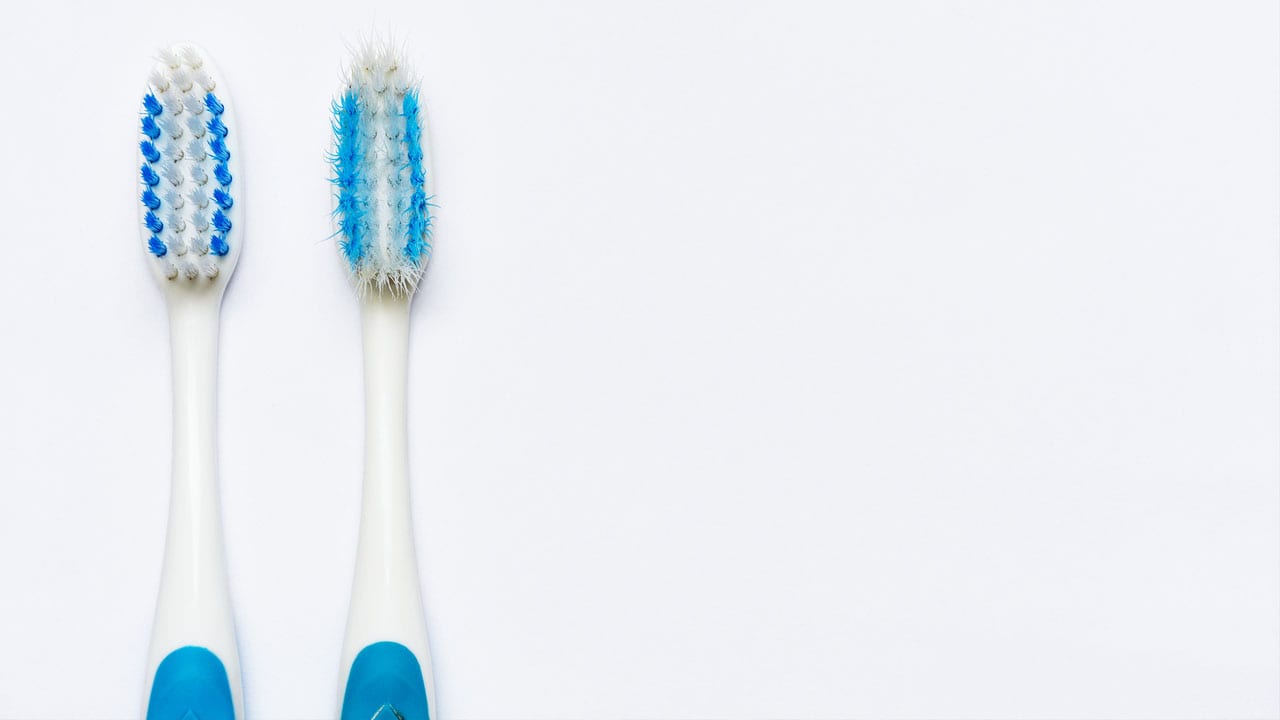


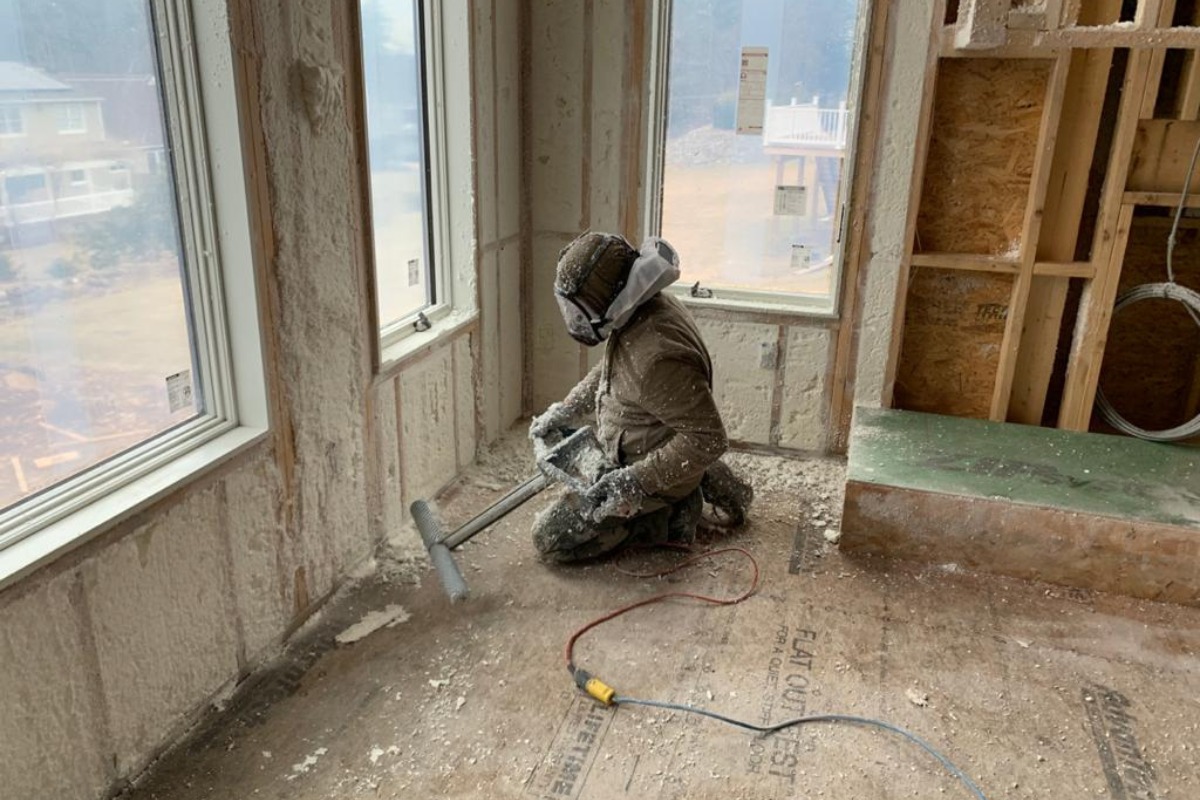

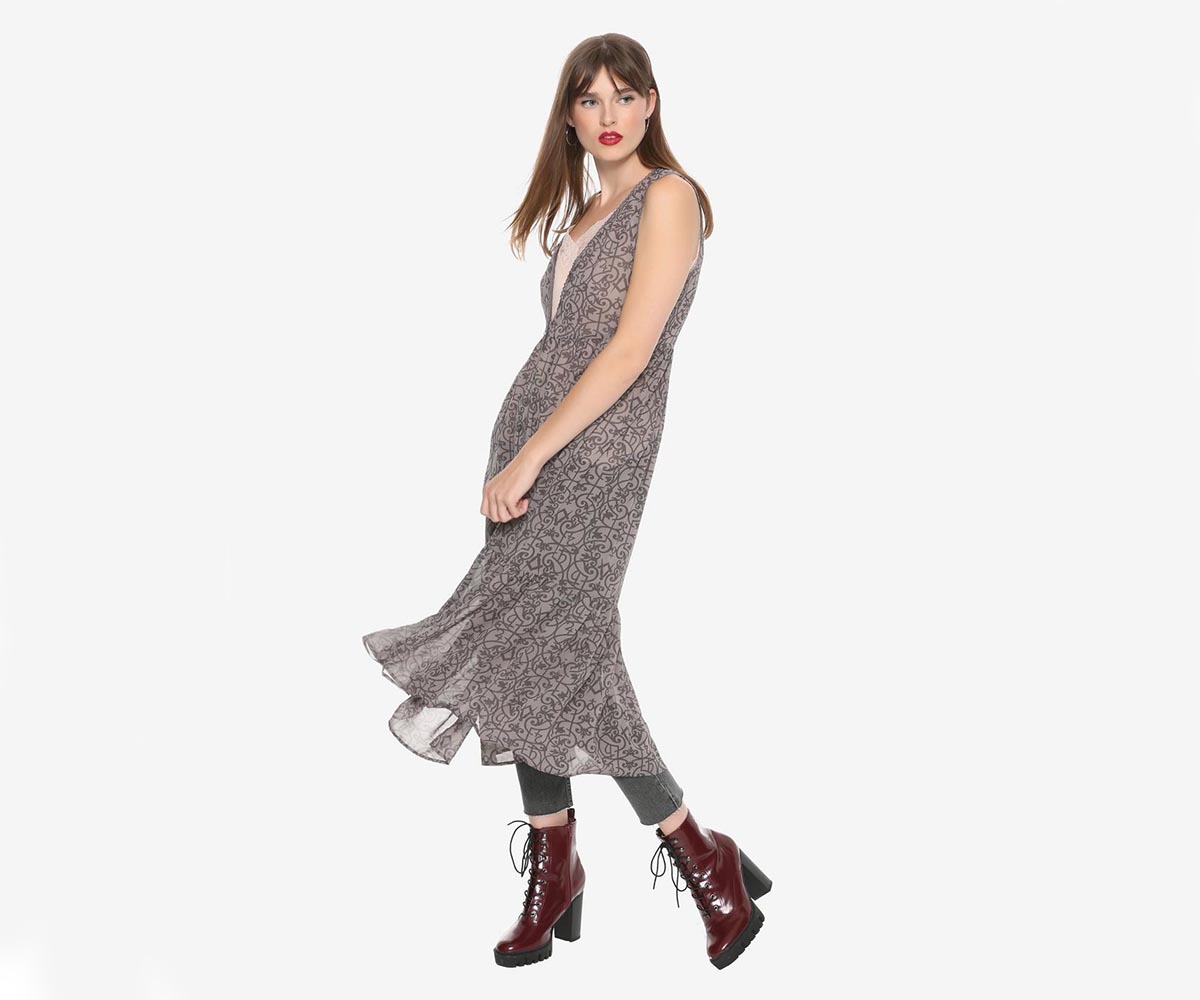

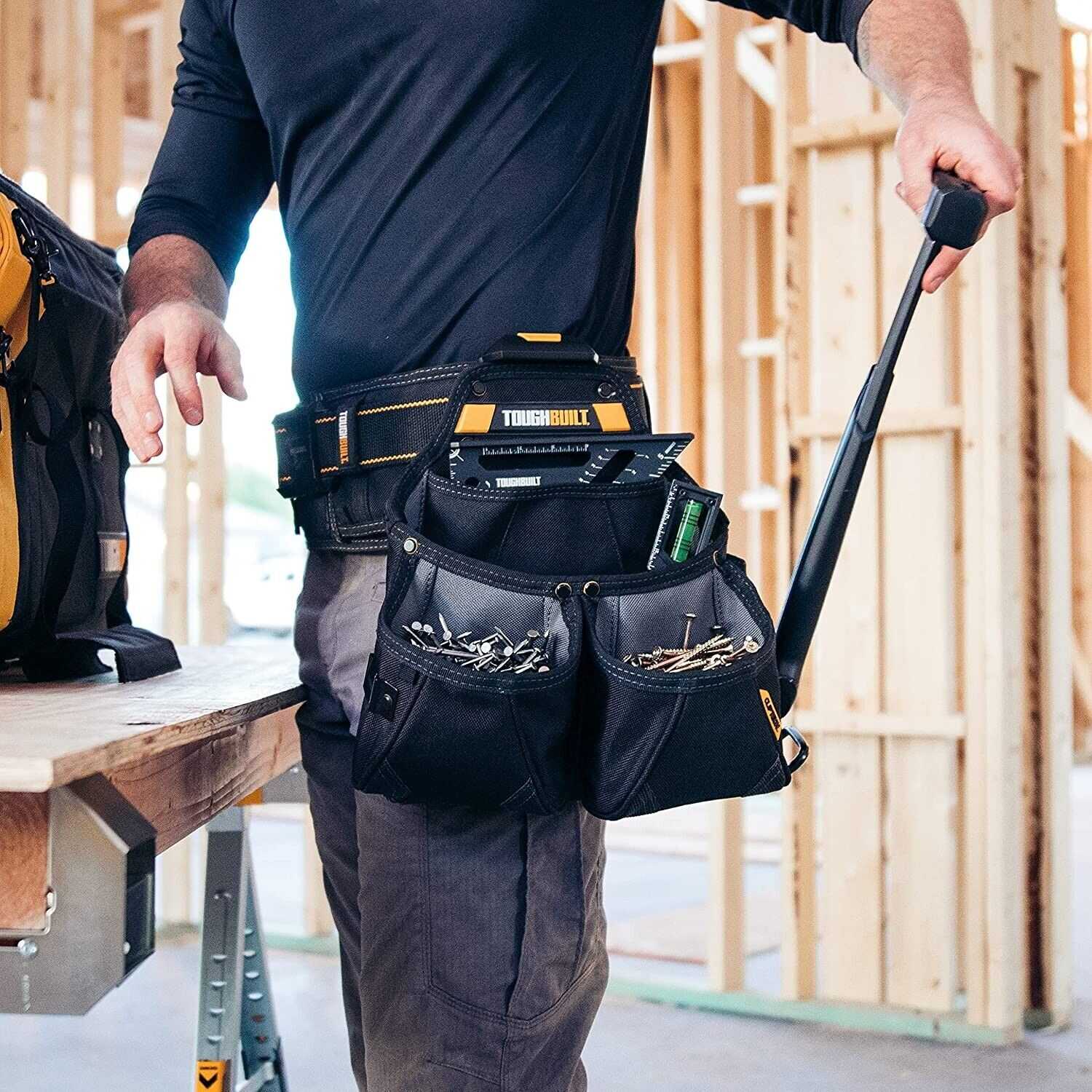
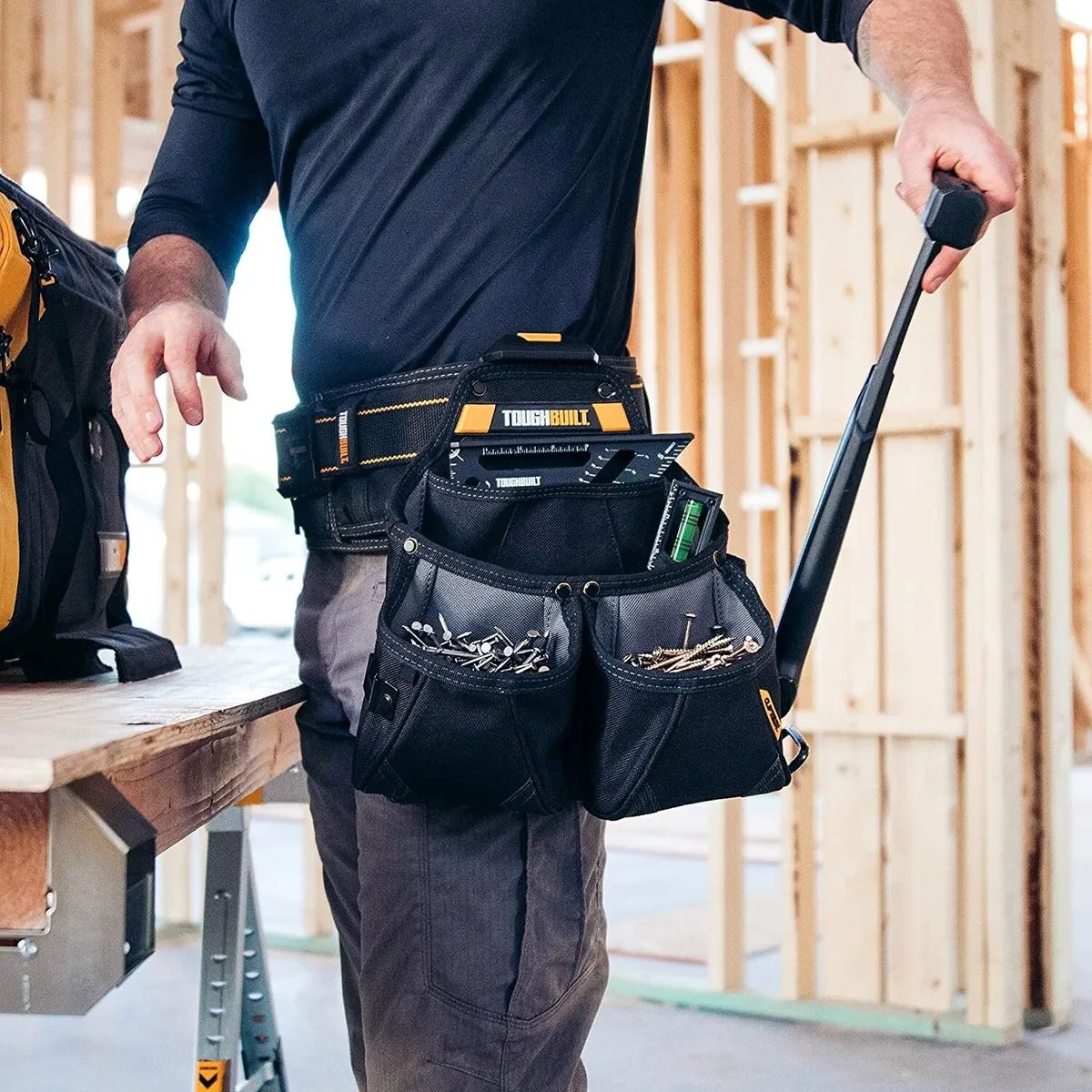
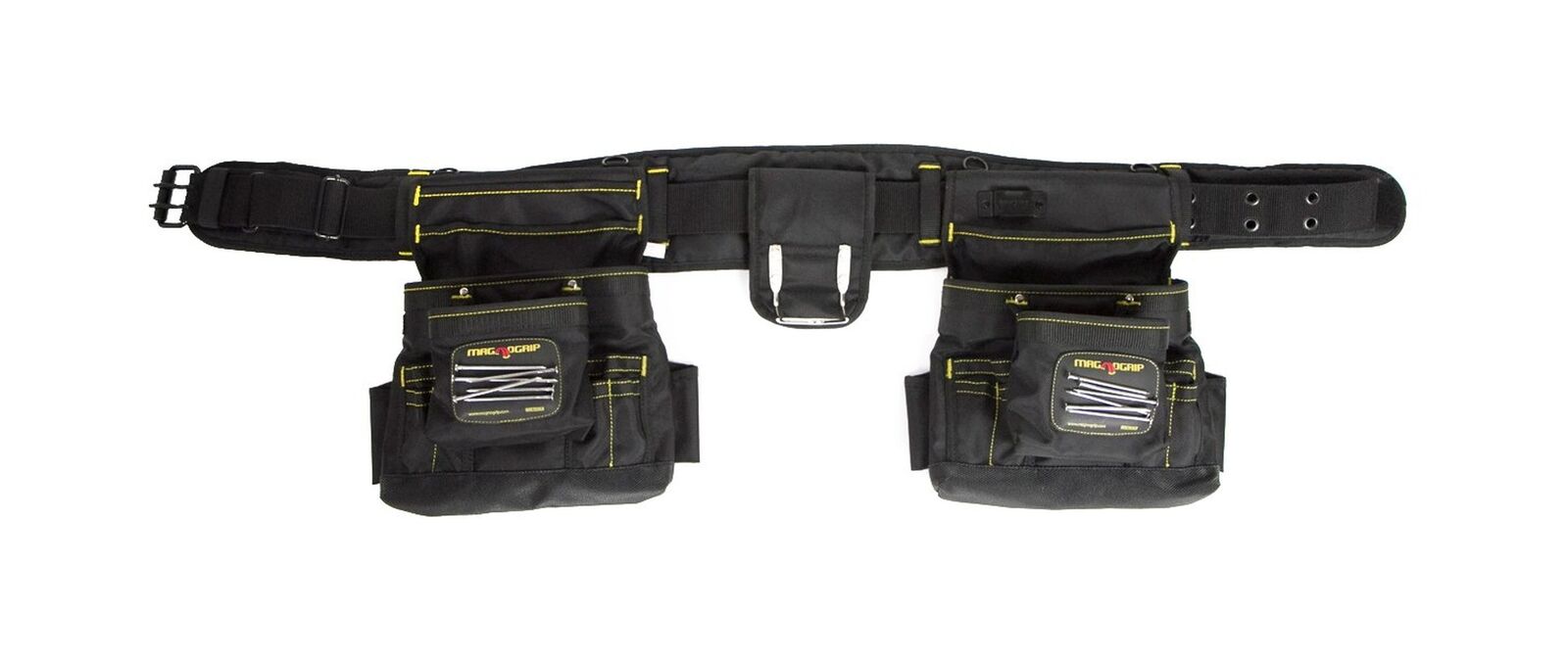

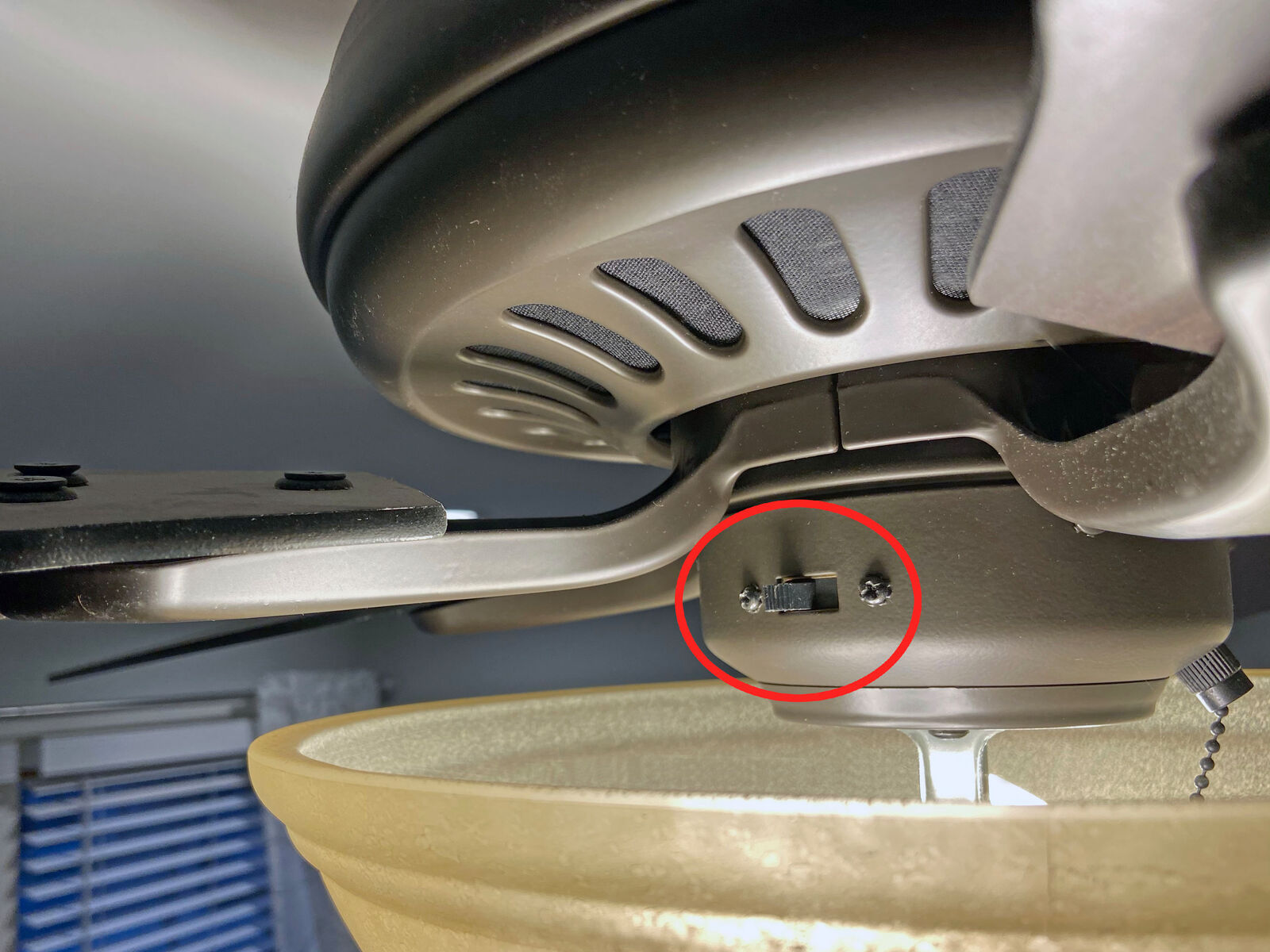


0 thoughts on “How Are You Supposed To Wear A Tool Belt”